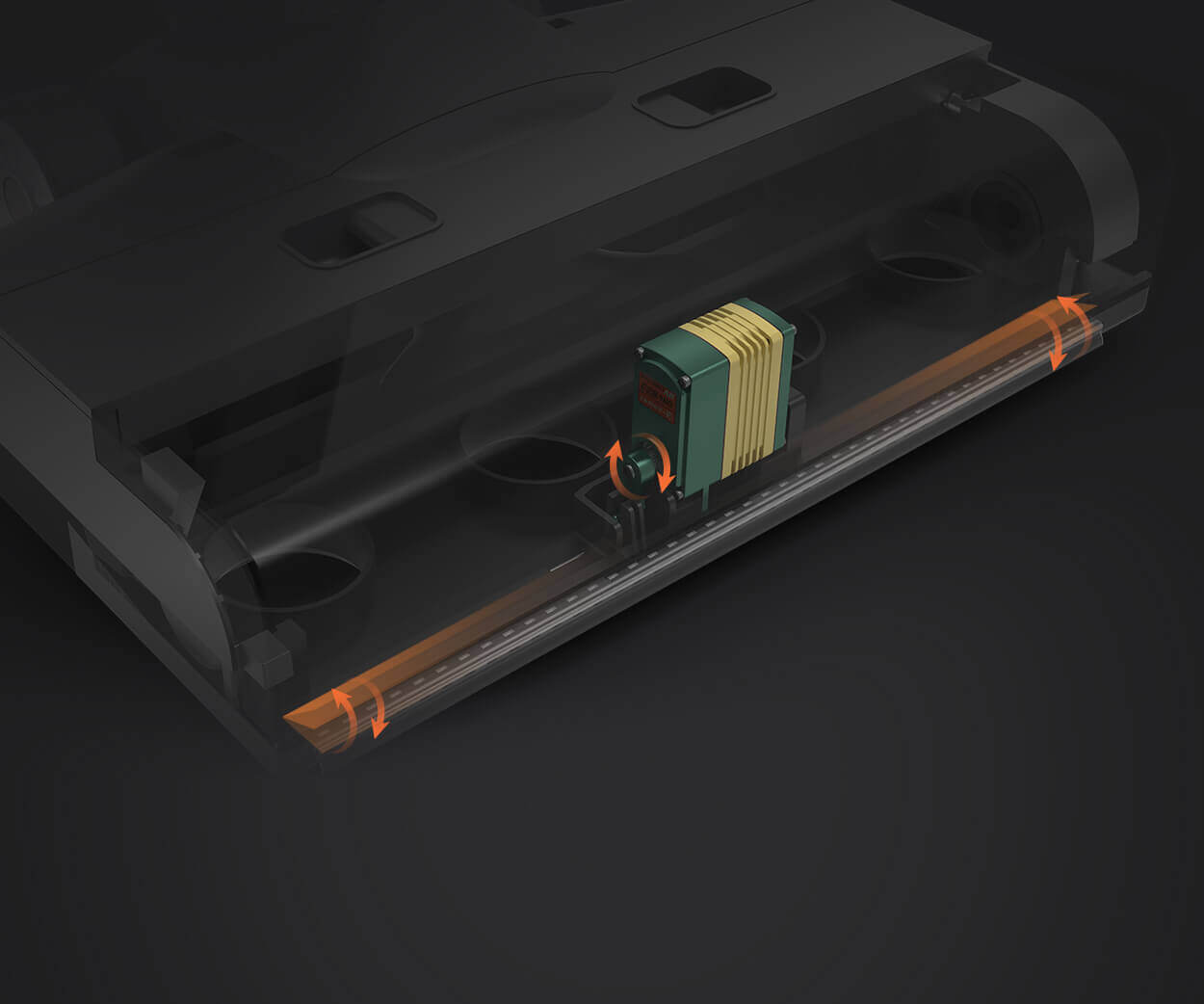Ever wondered when it’s really time to go all in with microservices? It's a question that pops up more often than you'd think, especially when you're juggling an app that’s starting to feel a little cramped under its monolithic shell. Microservices—they’re like the buffet of architecture choices. You don’t just dive into them without thinking; it pays to recognize that perfect moment where they shine brightest.

Imagine this: your app has been chugging along, but now every new feature feels like adding a new room into an already crowded house. Development slows down, bugs pop up like whack-a-moles, and deploying updates? It’s a whole saga. That’s usually your cue. When scaling becomes a headache, and the codebase gets tangled in complexity, microservices can be the rescue. Instead of tearing everything apart, you break down that monolith into manageable pieces. Each microservice can handle a specific function—think payment processing, user authentication, or notification system. Suddenly, your team can work on these pieces independently, deploying updates faster and with less risk of tearing down the whole house.
But let’s get real. It’s not a switch you flip overnight. When the architecture gets too decentralized, it can turn into chaos. Too many microservices, each with its own database, could mean more headaches in managing data consistency. If your team isn’t ready to handle that kind of complexity, it’s easy to end up with more bugs than benefits. So, one clear sign is when your current system’s growth looks more like a wild jungle than a well-organized city.
Sometimes, people wonder—"Is my app big enough to deserve microservices?" It’s the classic case of wanting to split hairs before you even need to. When a single team needs to make changes in one part without risking the entire app, that’s a hint. Or, when load spikes periodically, like during sales events or new product launches, and your current setup can’t keep up, microservices can help you scale selectively, instead of overhauling everything.
In essence, microservices are not the universal fix. They’re a tool. When you start feeling stuck in a rut with your current architecture, or you’re aiming for faster deployment cycles and more flexible scaling, it’s probably time to consider them. Remember those moments when your app feels like it’s growing beyond control? That’s when microservices aren’t just a buzzword—they’re a lifeline.
Thinking about transitioning? It’s about recognizing the right time and understanding what each microservice will do for your operation. It’s not just technical mumbo jumbo; it’s about making your app more agile, more resilient, and ready for what’s next.
Established in 2005, Kpower has been dedicated to a professional compact motion unit manufacturer, headquartered in Dongguan, Guangdong Province, China. Leveraging innovations in modular drive technology, Kpower integrates high-performance motors, precision reducers, and multi-protocol control systems to provide efficient and customized smart drive system solutions. Kpower has delivered professional drive system solutions to over 500 enterprise clients globally with products covering various fields such as Smart Home Systems, Automatic Electronics, Robotics, Precision Agriculture, Drones, and Industrial Automation.




































